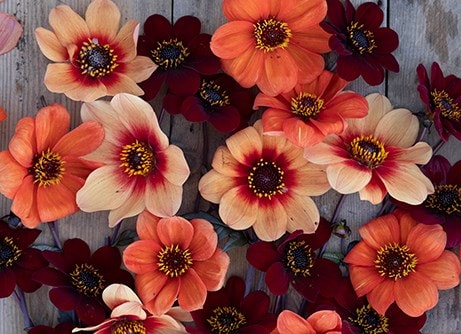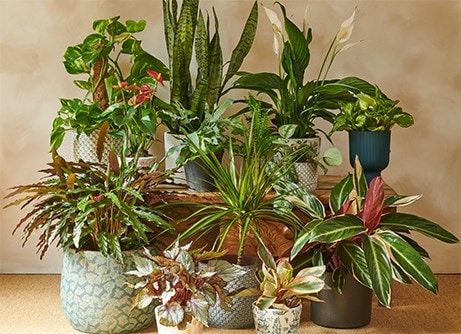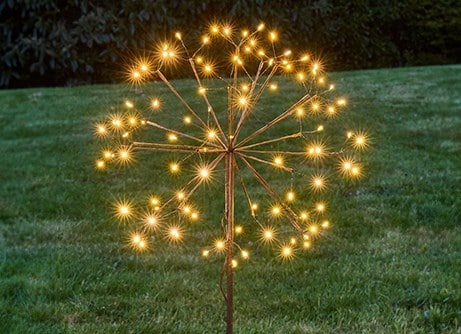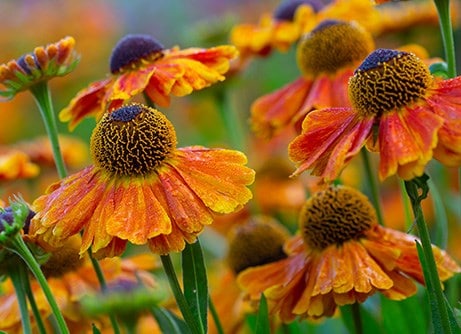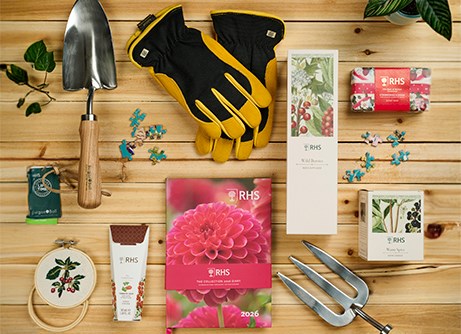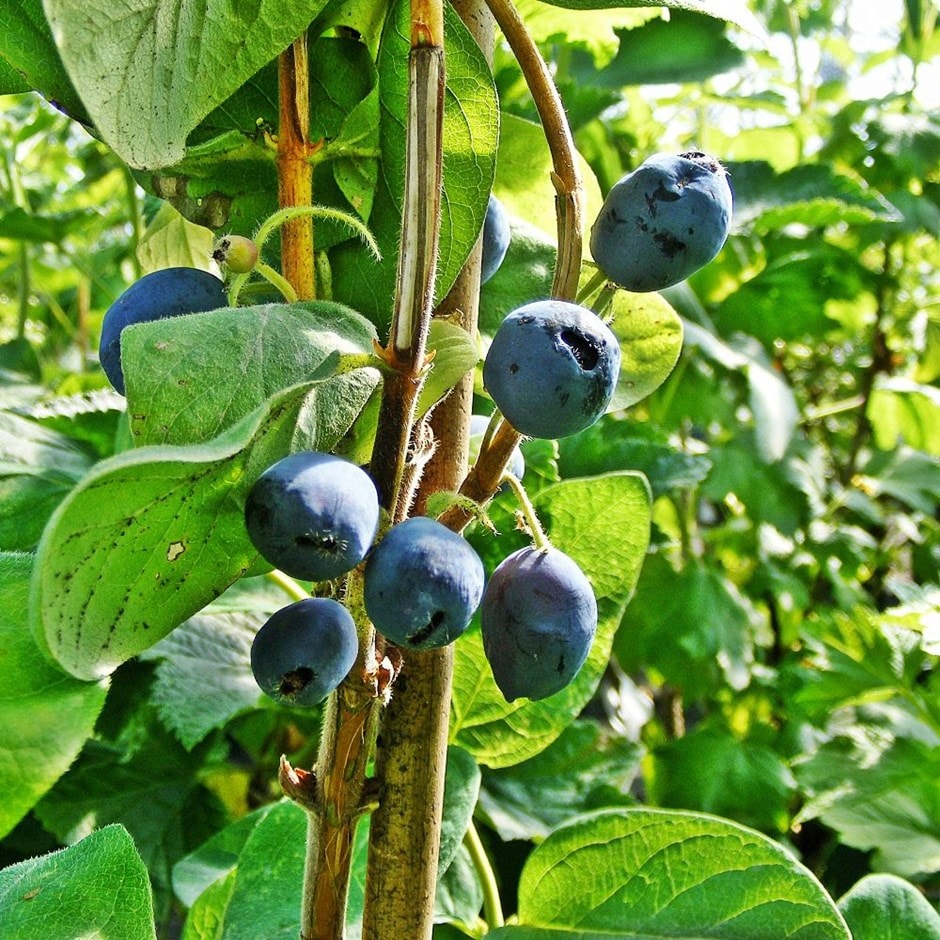Plant honeyberry in fertile, well-drained soil in sun or light shade, ideally ideally in a sheltered spot. Set plants at the same depth as in the pot, spacing at least 1.5m (5ft) apart, and water well until established.
Avoid over-feeding, but each spring apply a balanced fertiliser such as blood, fish and bone. They will also benefit from a generous layer of mulch in autumn.
Keep pruning to a minimum for the first three years, but thereafter remove weak or damaged stems and relieve congestion by removing some of the older stems back to their base. The remaining young stems can be lightly pruned to encourage sideshoots. This should be done in early to midsummer, immediately after the harvest.



